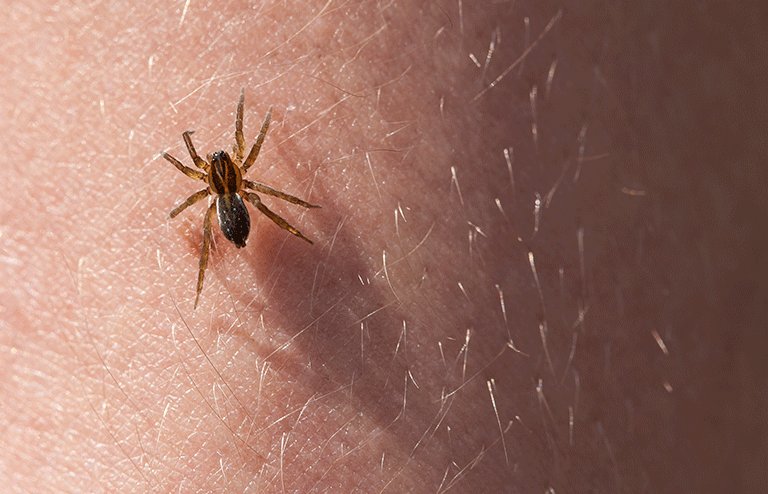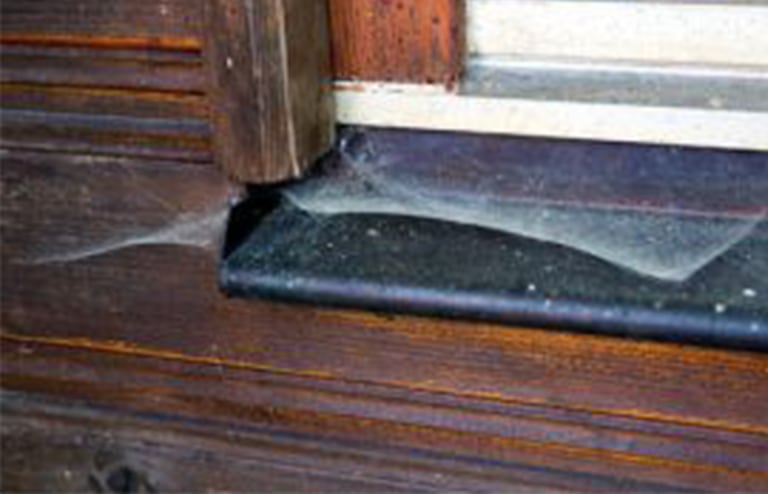According to entomologist Rick Vetter of the University of California, Riverside, most spiders are helpful to humans and the environment. Most of the 3,000 species of spiders found in the United States are not poisonous, even if aggressive: take the pale sac spider as an example. This common spider, found inside many homes, causes the most spider bites, but its venom is not considered dangerous.
This does not mean that spiders are completely harmless, however. Nearly all types of spiders have venom, and a few species have venom toxic enough to be of consequence to humans.
The yellow sac spider builds nests of silken tubes under stones, or in grass or leaves. A small spider, often measuring only about 0.6 of an inch or less, its venom is made up of a substance that can impair the functionality of your body’s cells or even destroy them completely. Unlike some other spiders, this species is not particularly docile. Often found inside homes and other structures, female yellow sac spiders have been known to bite as a defense mechanism while protecting their eggs.
Though this spider’s cousin, the black widow spider, receives a great deal more press, the venom of the brown widow spider is thought to be twice as powerful. The brown widow is thought to be a native of Africa, though the first specimen was identified in South America. It is considered to be an invasive species and can be found in the Gulf Coast states as well as southern California.
The appearance of the brown widow spider can vary significantly from one specimen to the next. Their body color can range from tan to almost black. Their abdomens sport ornate markings of white, yellow, brown, orange, or black, with an orange hourglass marking. Though the brown widow spider is not aggressive and injects only a small amount of venom when it bites, it has been linked to at least two deaths.





